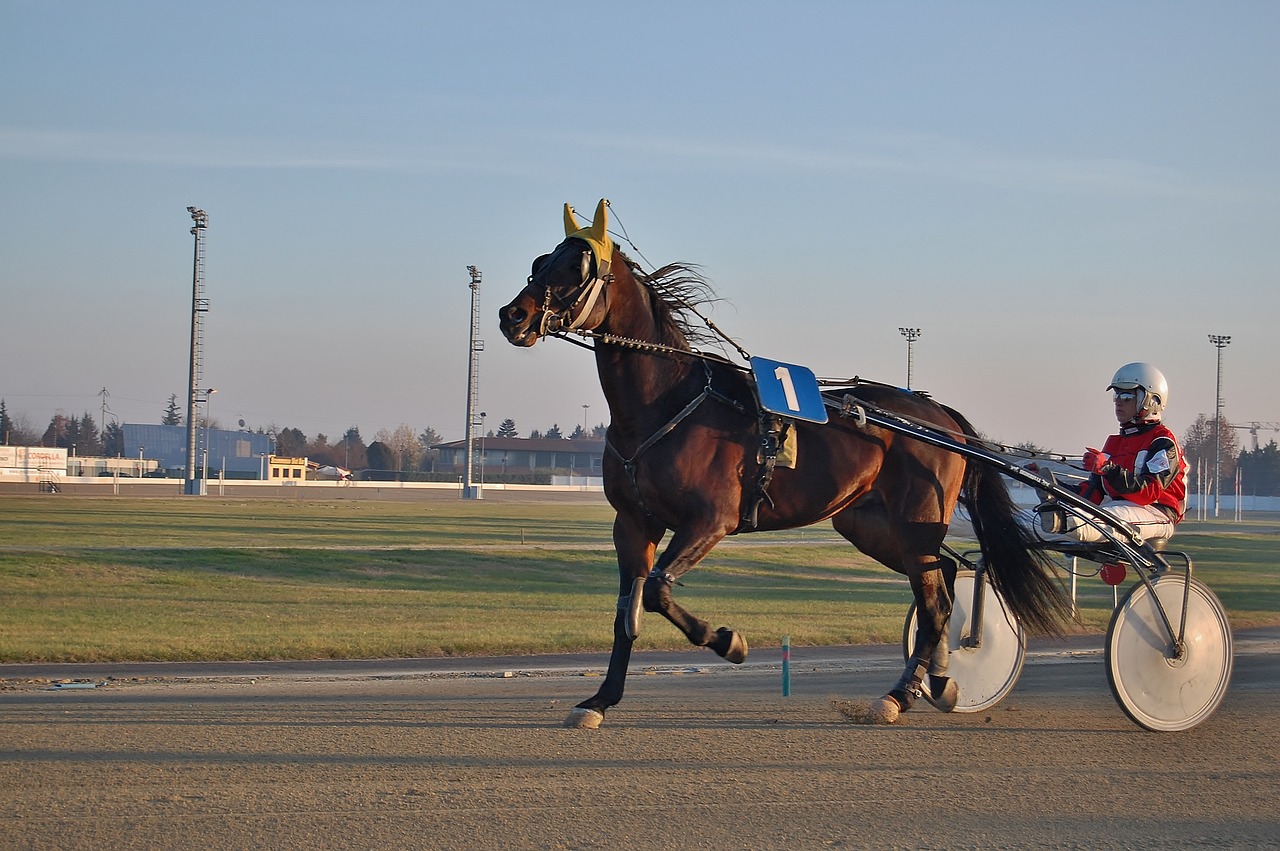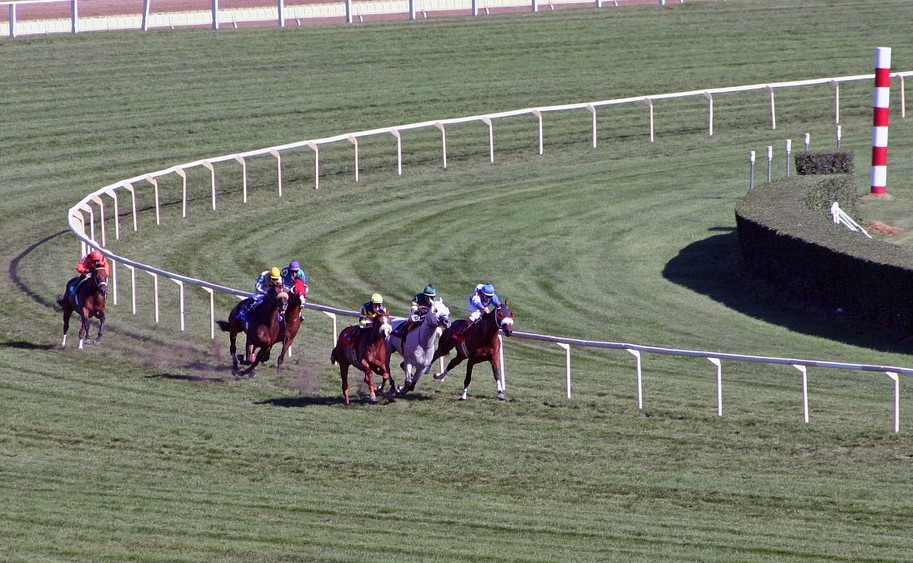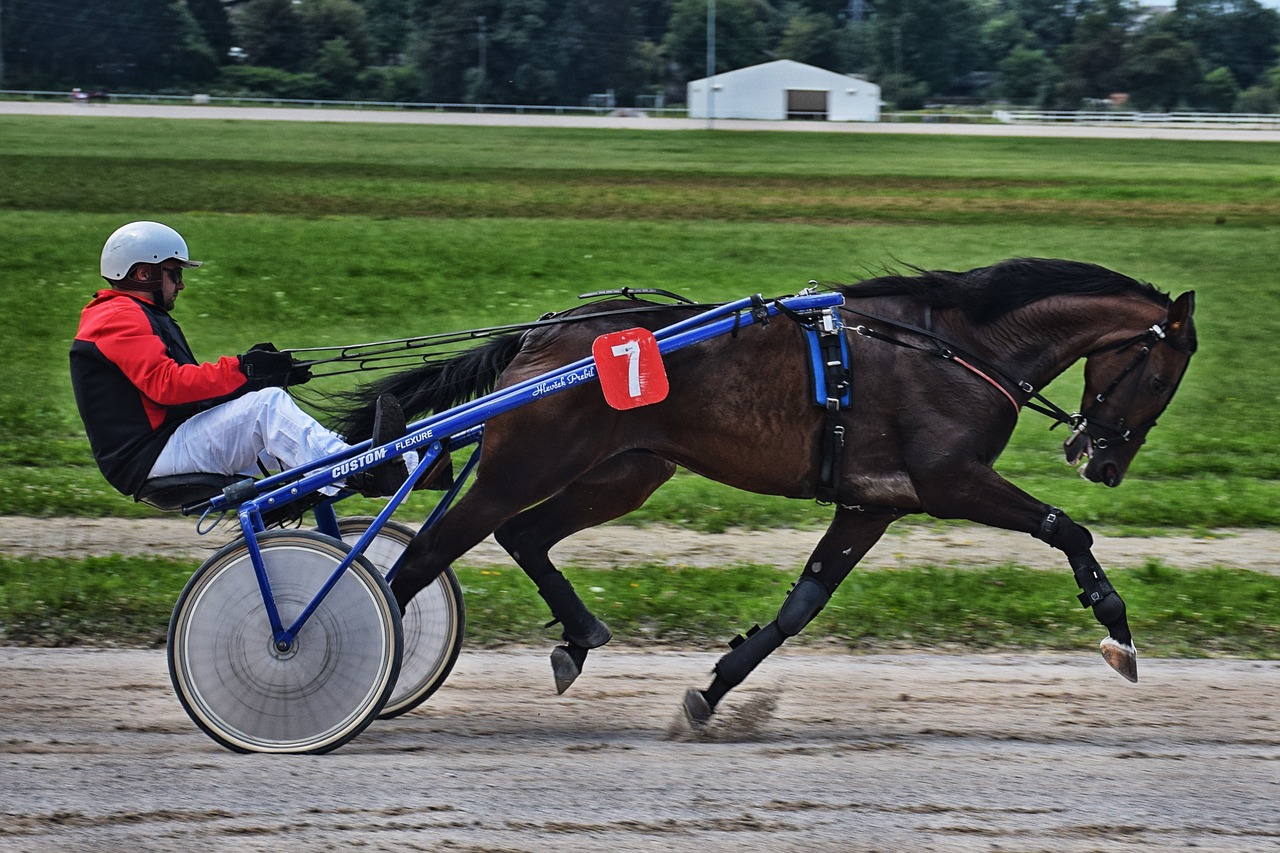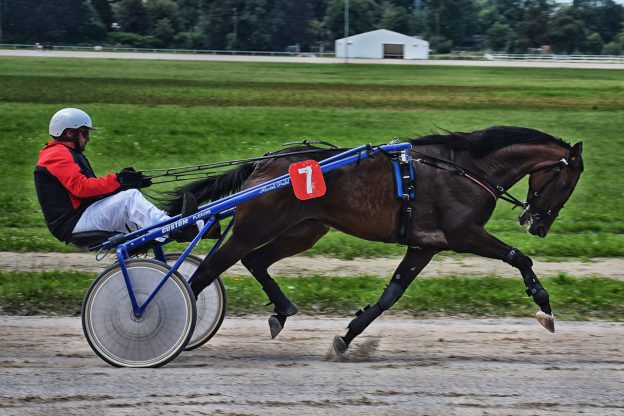Every horse fan knows about harness racing. However, if you are a beginner who wants to learn more, then we should start from the basics. This is a form of horse racing in which the horses usually pull a two-wheeled cart while running at a specific pace. The cart that the horses pull is called a spider or a sulky, and inside of it, you can find a driver that directs the horse during the race. The horse who crosses the finish line first is the winner.
However, there are some interesting facts about harness racing that might not be familiar even to the greatest fans. Turning you into a true connoisseur of horse racing we have compiled a list of these fun facts that might be of use to you someday (at least you can brag).
Interesting beginnings
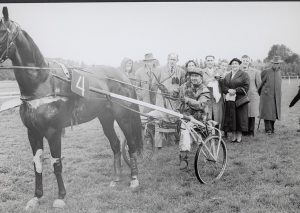
From the very beginning, this sport was a unique one. In the 1800s people decided to organize races in-between horses that were used for mail delivery in the US. These races became so popular among spectators that the breeders decided to breed special race for this sport.
Afterward, the sport’s popularity easily grew into what it is today.
The difference between trotting and pacing
In a harness race, horses can run in two different ways. One is by trotting and the second one is by pacing. Trotting is a type of gait in which the front legs of one side move forward at the same time as the hind legs of the opposite side. So we can say this is a diagonal type of gait. Trotting is the only gait allowed in European harness races. On the other hand, in pacing both front and back legs of the same side move at the same time. In pacing, hobbles are used in order to connect the front and the hind legs of the same side so that lateral gait could be achieved. However, there are some horses that can move like this naturally.
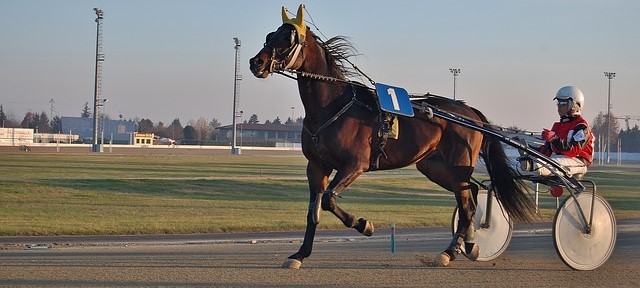
An Unusual Start
In “normal” horse races with a jockey, the race starts by horses being lined-up behind an obstacle in a narrow stall. When the door or the ramp opens, the horses immediately start the race. However, in a harness race, things are a bit different. The competitors stand behind a vehicle that has “wings” which serves as a barrier. In harness races horses gradually pick up speed until they reach about 30 miles per hour. Only then does the barrier zip off, and the race begins.
The First of Its Name
An homage to the first horse that started all this is due. The first harness racehorse was Hambletonian. Although this was a standardbred horse, he was the first one that was specifically bred for harness racing. He first competed in 1850, and most of the horses we get to see nowadays that participate in harness races are his descendants.
